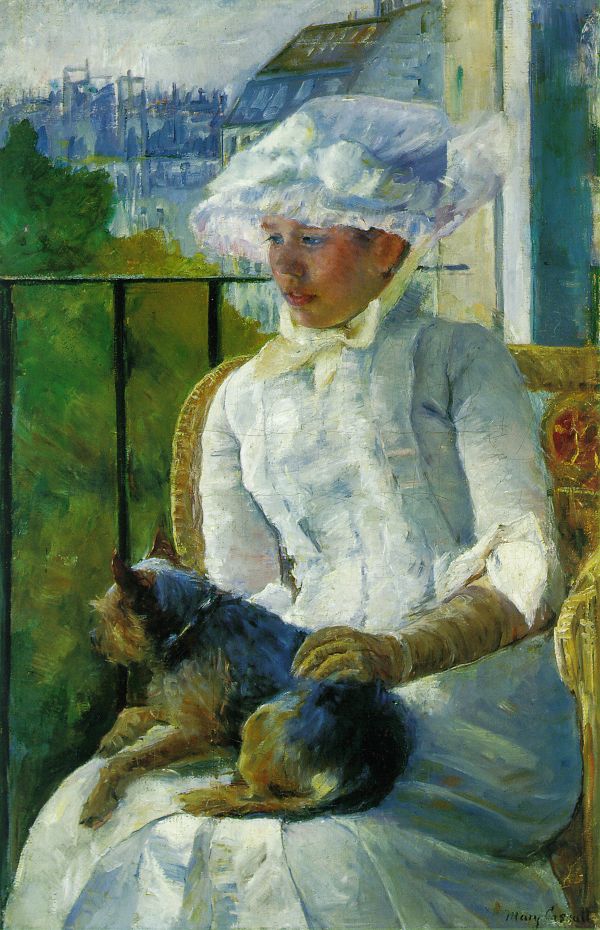With each act that takes responsibility for life we lessen despair’s grip on us and increase our capacity to imagine both ourselves and the world being different than it is now. View the study sheet here. Watch the recording here.

As individual human beings our awareness of death begins, psychologists tell us, around the age of six. Young children begin to understand that life ends. They also at that age may become aware of the responses of adults around them to death, sensing feelings of sadness, fear, or worry.
As a species, humans may be the only one carrying with them a knowledge that death will eventually come. Human civilizations have constructed all sorts of cultural systems and practices to address this inevitability. Cults of the dead, mythical heroes, ancestor worship, promises of a life after death. Each seeks to reclaim a sense of order out of the chaos that awareness of finality can stir up within human communities.
In this week’s portion, Chayei Sarah, we experience Torah’s way of dealing with death. Sarah dies. Abraham mourns her passing. Then he rises up and purchases a site to bury her. His act both honors his dead wife and stakes a legal claim in this world. In quick succession follow: Abraham’s search for a wife for his son Isaac; Rebecca’s marriage to Isaac and her comforting of him in Sarah’s tent; Abraham’s remarriage; the birth of new children for Abraham; the collaborative burying of Abraham by Isaac and Ishmael; and a recitation of the line of Ishmael.
All of those actions focus on what needs to be done in this life. Owning land. Marriage. Revival of one who has lost his mother. A new life and new children for a widower. Collaboration to achieve a task. The portion is called the Life of Sarah. Torah encourages us not to dwell on life’s limitations but on its possibilities. Not on after death but on before death.
Torah’s story here about a death reflects its driving overall message: Do not accept what you see as what must be. Imagine otherwise.
Impressionism was an art movement that refused to abide by conventional notions of reality and beauty. Impressionist painters violated the dominant standards of art with both their techniques and their subject matter. They also revolutionized how art was exhibited, marketed and sold.
In a world where women were barred from attending the established art academies and studios and where unaccompanied women were suspect, Impressionism broke down gender barriers. Among the women who became prominent Impressionist painters are Berthe Morisot, Eva Gonzales, Marie Bracquemond, Louise-Catherine Breslau. And Mary Cassatt.
Cassatt was born in Allegheny City, Pennsylvania, to a comfortably middle-class family in 1844. She began studying at the Pennsylvania Academy of Fine Art at the age of 16. When she turned 21 she moved to France, where she studied with a variety of artists. When her works were rejected by the official art world of Paris in the mid-1870’s, she broke free of that world’s constraints, both its organizations and its aesthetics. “I hated conventional art – I began to live,” she wrote.
She found a welcome embrace among the challengers to the dominant art world: the Impressionists. Cassatt exhibited at four of the eight exhibitions independently mounted by the Impressionists between 1874 and 1886. Though part of a revolutionary art movement, Cassatt was still constrained by the dominant social order. Unlike many of her male Impressionist colleagues, she was unable to move freely about in many public settings where she might set up her easel to paint. Much of her work addresses the domestic and internal world of women and children.
Pictured here is her work Young Woman at a Window. In style it reflects many of the Impressionist elements: broad brush strokes that convey an essence rather than detail; quickly applied paint to convey the fleeting nature of reality; an unfinished feeling; and the use of light to convey emotion.
The young woman is in a room. There is a world beyond. It is fuzzy. A barrier cuts her off from it. Is that world denied to her? Is she dreaming of something that she believes to be out of her reach? Is she content with her limitations, finding comfort in the dog on her lap? Or is she planning on how she might escape her confines, perhaps even change that world?
Mary Cassatt actively supported Alfred Dreyfus during the antisemitism that raged through France at that time. She was a prominent advocate for women’s rights in the early 20th century and used her art to support the Women’s Suffrage Movement in the United States. Do you see that fervor and longing in her painting?
Death is not merely a matter of biology. It is also a matter of spirit. Torah knows this. It speaks to how much daily frustrations and losses can weigh upon us. Oppressing and diminishing our sense of the worth: why bother to plant, build, or even get up in the morning?
Torah doesn’t try to convince us out of our feelings. Its prescription is that we do what needs to be done: take ownership of a piece of this world; create a wedding for our child; greet the visitor; work with others on tasks that need to be taken care of. With each act we lessen the grip of despair. Increasingly we find ourselves with the strength to imagine both ourselves and the world being other than we are now. We live.
Join us here at 7:00 p.m. (PT) Thursday November 9 as we explore to imagine otherwise.









